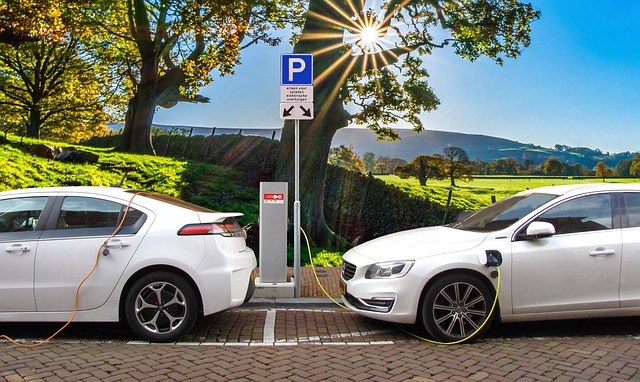Title loans, marketed as equal opportunity access to funds, often trap borrowers in debt cycles due to high interest rates and short repayment terms, disproportionately impacting marginalized communities and exacerbating existing economic inequalities. While aiming for financial inclusivity, these loans create unequal opportunities by limiting access to those with substantial assets and stable incomes. There's a pressing need for fairer lending practices within the title loan industry to enable true equal opportunity lending.
Are title loans truly a gateway to equal opportunity financing, or do they perpetuate existing economic disparities? This article delves into the practices and promises surrounding title loans, examining whether these short-term loans adhere to principles of fair access. We explore the potential for title loans to both empower borrowers and exacerbate existing inequalities, focusing on key areas like interest rates, loan terms, and demographic impacts. By understanding these dynamics, we can better advocate for equitable lending practices in the title loan industry.
- Examining Title Loan Practices and Disparities
- The Promise of Equal Opportunity Lending
- Addressing Barriers to Access in Title Loans
Examining Title Loan Practices and Disparities

In the realm of finance, equal opportunity lending is a cornerstone principle aimed at ensuring fair access to credit for all individuals, regardless of their background or circumstances. However, when it comes to title loans—a form of secured lending where borrowers use their vehicle’s title as collateral—disparities and potential unequal opportunities have emerged. A close examination of title loan practices reveals that while these loans are marketed as accessible and quick, they often disproportionately affect marginalized communities.
One area of concern is the strictness of loan requirements, which can be more stringent than traditional banking options. Factors such as interest rates, repayment terms, and the absence of a credit check (no credit check) policies may seem appealing to those in urgent need of funds. However, these same factors can trap borrowers in cycles of debt due to high-interest rates and short repayment windows. This is particularly damaging for lower-income earners and communities with limited financial resources, exacerbating existing economic inequalities.
The Promise of Equal Opportunity Lending

Lending institutions have long promised the principle of equal opportunity, ensuring that all individuals, regardless of their background, have access to financial resources and credit. This concept is pivotal in fostering a fair and inclusive economy, especially for marginalized communities often excluded from traditional banking services. In the context of Title Loan equal opportunity lending, the idea is to provide short-term funding options with minimal barriers to entry.
One such example is truck title loans, which offer a unique advantage with their flexible payment structures. This approach caters to the needs of those in need of quick approval for immediate financial burdens. By removing stringent credit checks and offering more adaptable terms, these loans aim to bridge the gap in access to capital. The promise is simple: equal access to funds, with the added benefit of potential quicker turnarounds and flexible repayment plans.
Addressing Barriers to Access in Title Loans

Title loans, often advertised as a quick solution for financial emergencies, have raised concerns about equal opportunity lending. Despite promises of accessibility, several barriers prevent certain individuals from taking advantage of these loans. One significant issue is the strict eligibility criteria, which typically require applicants to own a vehicle with a clear title and meet minimum income requirements. This exclusionary practice limits access primarily to those with substantial assets and stable income, creating an inequitable lending environment.
Furthermore, the short-term nature of these loans, often facilitated by services like boat title loans or cash advances, poses challenges for borrowers who may require more extended repayment periods. Loan extensions are sometimes difficult to obtain, leaving borrowers in cycles of debt. Such practices can disproportionately affect low-income individuals and minorities, exacerbating existing financial disparities. Ensuring equal opportunity in title lending demands a reevaluation of these barriers to access and the implementation of policies that promote fairer and more sustainable borrowing options.
In light of the above discussions, it’s clear that while title loans have been marketed as an avenue for quick cash with minimal barriers to entry, they do not inherently follow equal opportunity standards. The practices and disparities examined in this article highlight systemic issues that prevent certain demographics from accessing these loans on equal terms. To foster a more inclusive financial landscape, lending institutions must actively address barriers to access, ensuring fair and transparent title loan practices that uphold the principles of equal opportunity lending. By doing so, they can create a more equitable system for all borrowers.






